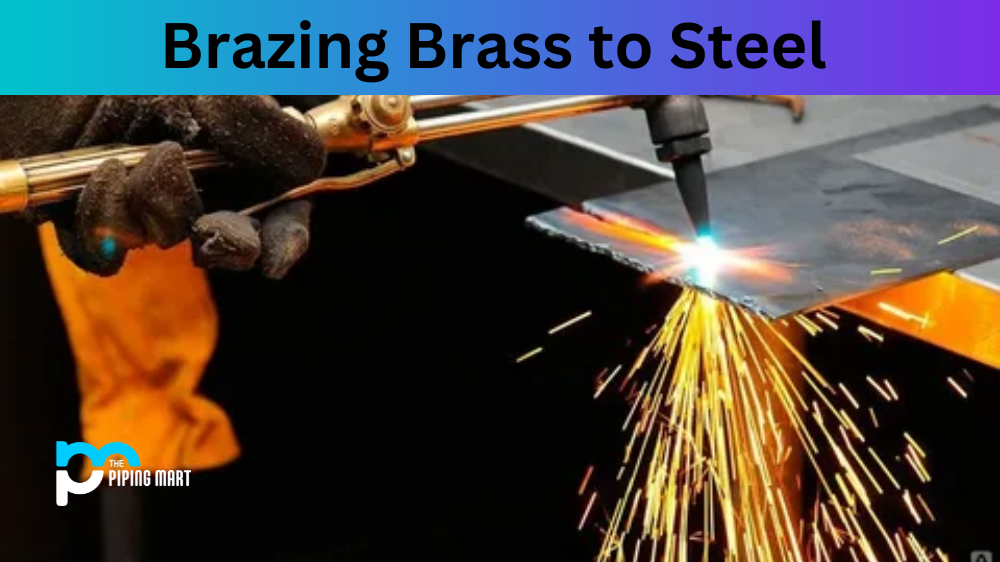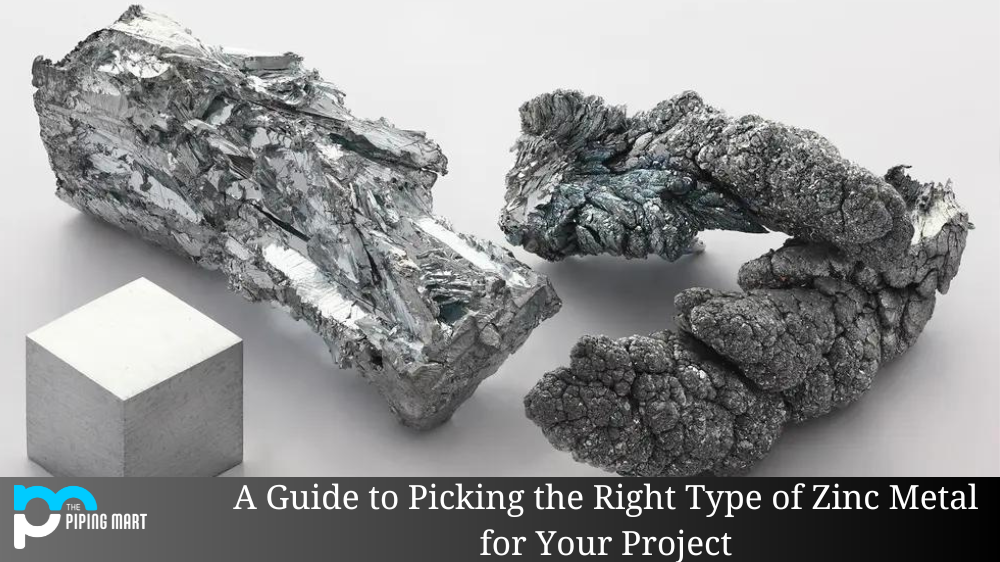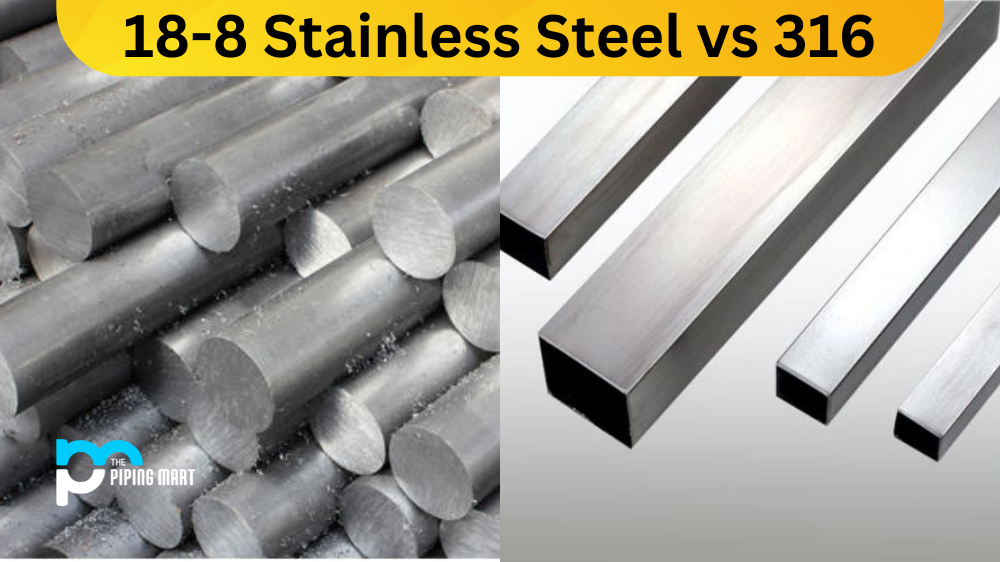Brazing is a great way to join steel and brass together. It’s a method of joining two or more metals by melting a filler material, such as brass or bronze, between them at temperatures below their melting point. This creates a strong bond that can withstand stress and temperature fluctuations in various environments. Let’s explore the process of brazing brass to steel and all the benefits it offers.
Process of Brazing Steel and Brass
Brazing two different metals together requires careful preparation of both the steel and brass surfaces. The surfaces should be clean and free from any dirt or debris that could prevent proper adhesion. The next step is to use flux on both surfaces to help protect them against oxidation during the heating process. Finally, braze filler material is applied along the seam between the two materials, usually in rod form, before they are placed into an oven or furnace for heating.
Once heated, the braze filler will melt and flow along the joint, forming a strong bond between the steel and brass components. After cooling, it should be checked for any signs of leakage or cracking before moving onto further assembly processes.
Benefits of Brazing Steel and Brass
Brazing brass to steel creates a much stronger bond than welding because it does not require melting either metal component down to create a joint. It also helps reduce distortion caused by heat since both metals remain relatively cool when compared to welding temperatures. Additionally, brazing is fast; it only takes about 20 minutes for most joints to complete so you don’t have to wait long for your parts to be ready for further assembly processes. Finally, brazing allows you to join dissimilar metals together without having to worry about corrosion due to galvanic action since there is no direct contact between them during the process.
Conclusion:
Brazing is an effective way of joining two different metals together without having to worry about corrosion or distortion caused by high temperatures associated with welding processes like arc welding and oxy-acetylene welding. By taking some time up front to properly prepare your components with flux and braze filler material before heating them together in an oven or furnace, you can quickly create strong bonds between steel and brass components that will last for years without any sign of wear or tear from wear-and-tear or environmental conditions. If you’re looking for an easy way of joining two materials together quickly while ensuring its longevity over time then brazing might just be what you’re looking for!

Meet Bhavesh, a seasoned blogger with a wealth of knowledge and experience. From metal products manufacturing to retail, Bhavesh has a diverse background in various industries and is dedicated to sharing his insights and expertise with readers.




